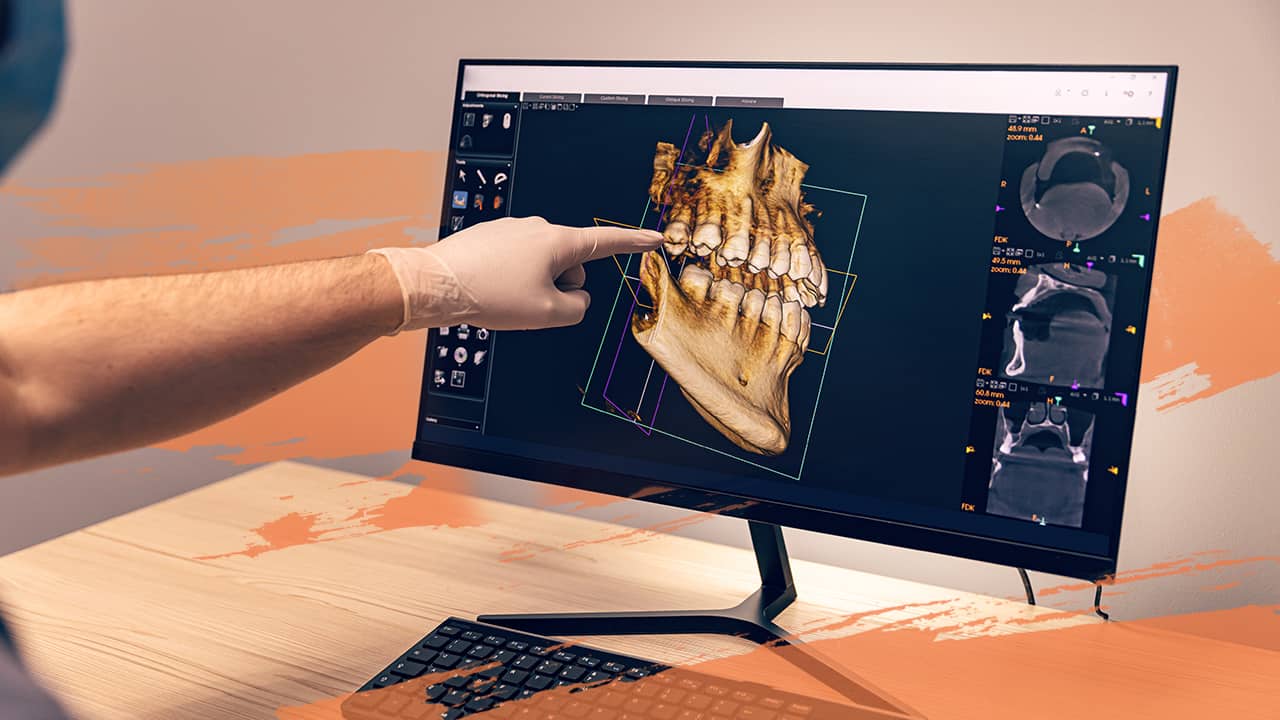
As the healthcare industry continues to undergo rapid changes, driven by advancements in technology and evolving patient needs, it is crucial for healthcare organizations to stay ahead of the curve. Building leadership teams that can navigate complex healthcare technology and systems, understand emerging technologies, and communicate effectively with patients and healthcare providers is essential for success in a healthcare industry that will look much different in the coming years.
With the rise of telemedicine, wearables, and other digital tools, the demand for healthcare leaders who can adapt to change and embrace technological advancements has never been higher. In addition, significant reimbursement changes must be navigated, the rise of accountable care models and the lingering specter of the COVID pandemic. In response, many top-heavy healthcare organizations are gutting administrative roles and requiring executives to take on broader responsibilities. This article will explore some of the transformational solutions that executive leaders have implemented to address the challenges of adapting to the ongoing digital transformation of healthcare.
“The digital transformation of the healthcare industry has necessitated significant changes in the healthcare industry. Some of these have occurred rapidly, forcing executives to adapt or be left behind quickly.”
Implementing digital solutions in healthcare is challenging due to the lack of integration between various software applications, databases, and devices used by various health providers. This results in data silos, duplication of efforts, and inefficient workflows. To tackle this challenge, executive leaders have invested in integration platforms and middleware to connect different systems and enable the exchange of patient data, empowering healthcare providers to make informed decisions.
Data privacy and security are critical to healthcare’s digital transformation. Healthcare organizations handle sensitive patient information protected by stringent regulations, so executive leaders in healthcare have had to address this issue deftly. Leaders have increasingly invested in cybersecurity measures like firewalls, encryption, and multi-factor authentication to safeguard this data. Policies and procedures are also implemented to educate staff on their data privacy and security responsibilities.
Interoperability is another major challenge that healthcare executive leaders are tackling. It refers to the ability of various systems and devices to exchange and interpret data, which is critical in ensuring that patient data can be shared across different healthcare providers and organizations. To overcome this challenge, executive leaders have invested in interoperability standards, such as Fast Healthcare Interoperability Resources (FHIR), and established policies and procedures to share patient data securely and appropriately.
Telemedicine was a burgeoning field a decade ago and an increasingly popular option allowing for remote medical care. The COVID-19 pandemic, however, made it a necessity. However, implementing telemedicine requires the proper infrastructure, technology, and traditional healthcare delivery model changes. To meet these challenges, healthcare executive leaders have dedicated resources to telemedicine platforms and technology, such as video conferencing, remote monitoring, and mobile applications, and developing policies and procedures for telemedicine. These policies include determining the appropriateness of telemedicine, training staff members, and ensuring the protection of patient data.
The pressure on its client services team grew as the organization grew. To handle expansion effectively, they required a strategic leader who could anticipate the needs of a growing organization, design a client services function, and work cross-functionally with the operations team to implement structural and product improvements. This would ensure proper procedures and successful execution of PBM services while avoiding client complaints.
By integrating skilled healthcare-specific talent and coding and technology talent, the company could preempt challenges, handle expansion, and deliver successful services to clients. This was done with future growth in mind and better equipped the organization to provide exceptional client services while avoiding any potential complaints.
One of the critical challenges that the organization navigated was effectively integrating various teams across the organization, which was accomplished by focusing on talent development. They understood the importance of fostering a sense of common purpose, vision, and values across their teams, creating alignment and cohesion between employees, patients, and communities. Thus, the organization adopted a proactive approach to developing future leadership by understanding its employees’ motivations and potential and creating appropriate initiatives that align with organizational goals and objectives.
In today’s healthcare landscape, digital transformation has become critical in overcoming numerous industry challenges. From streamlining systems integration to maintaining data privacy and security, healthcare executive leaders are investing in robust infrastructure, advanced technology, and agile policies to drive the successful implementation of digital solutions. Through these efforts, healthcare organizations have transformed patient care, lowered operational costs, and increased efficiency in healthcare delivery. As the healthcare sector evolves, executive leaders must remain committed to digital transformation and embrace innovative technologies to deliver the best possible care to patients.
The key takeaway is that digital transformation is not a one-off process, and success is found not in the mechanics of finding and embracing new technologies. It is found in strong leaders who understand that success depends on cooperation, coordination, and knowledge sharing within the organization. The most successful leaders are building a consistent culture of change as part of their digital transformation journey.
At N2Growth, we deeply understand the digital landscape and recognize the importance of staying ahead of the curve. We are uniquely positioned to help healthcare organizations identify and recruit top talent who can drive digital transformation and lead their organizations into the future. Through our proven executive recruitment process, we help organizations identify leaders with the vision, skills, and experience to navigate the complex digital terrain of the healthcare sector.
The article was written by: Kelli Vukelic, Vera Sharova & Jessica Toth
This website uses cookies.